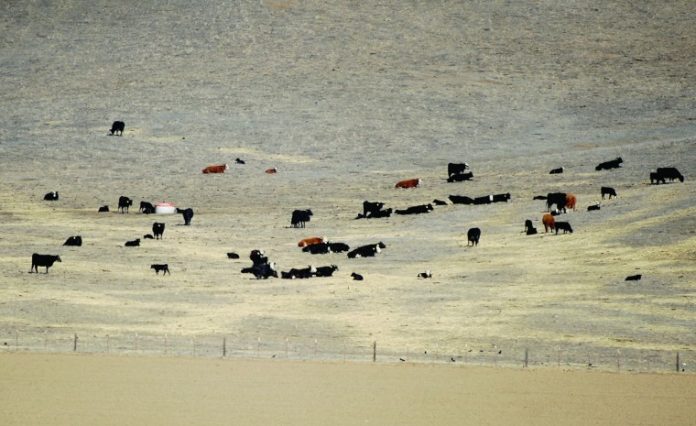Hollister just wrapped up its driest year on record, according to historical weather data.
With a total of just 4.39 inches of precipitation on record for the Hollister area in 2013, the amount wasn’t even that close to the next-lowest yearly total on record – 6.87 inches in 1989, according to forecaster Diana Henderson with the San Francisco/Monterey Bay Area office of the National Weather Service.
Although so-called rain years are recorded from July 1 through June each year, the weather service database records historical totals by calendar year. The database isn’t set up to provide historical records for particular rain years, Henderson said.
For the current rainy season – since July 1 – a total of 1.17 inches has fallen, Henderson said. The Hollister total usually ranges from 11 inches to 13 inches, depending on altitude.
The lack of precipitation throughout California has been attributed to a lingering high-pressure system keeping out much of the inclement weather.
“We’re just underneath a level of high pressure that is preventing systems from coming through,” Henderson said.
Dry conditions have been a problem locally for three consecutive years of below-average rainfall. The local agriculture industry – and especially cattle ranchers – have been hit hard by the persistently unfavorable weather.
“I’d say at this point we’re at a critical phase,” said county Agriculture Commissioner Ron Ross. “Since I’ve lived in Hollister – put it this way, this is probably the worst water situation we’ve had in California and this region.”
Lacking rain means cattle ranchers are often forced to turn toward more expensive forms of feed such as hay. It also draws down reservoirs and the groundwater system, affecting row-crop farmers who might not have the same flexibility as they do with just wells, Ross said.
And with California dry as a whole, it remains unclear how much of the blue-valve federal water might be allocated in the coming years.
“Growers postpone any major decisions on what to plant. They may not plant as much,” Ross said. “That’s going to impact the local economy.”










